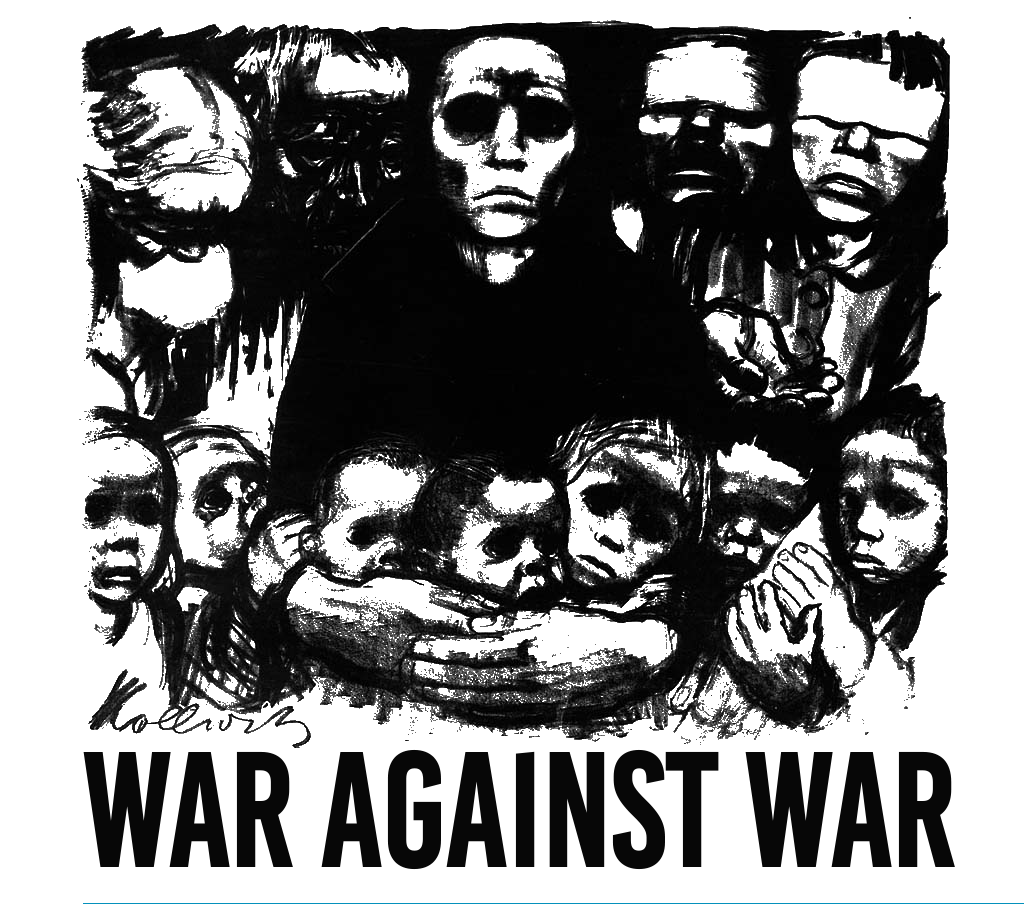This article introduces a new dyadic dataset measuring formal diplomatic relations. These data were coded from the Europa World Yearbook annually from 1960 to 2013 for 18,317 unique country dyads, and include the level of diplomatic representation (whether the diplomatic connection is focused on a single or multiple target countries) as well as a summary measure that captures both directed and shared dyadic level of representation. We compare the new data with data gathered previously by the Correlates of War project and find significant specific discrepancies in the period between 1970 and 1985. We then test the new data by replicating Neumayer (2008) generally validating those findings: distance, power, and ideological affinity each matter when sending and receiving formal diplomatic relations. However, using the new annual diplomatic representation data, we demonstrate a different relationship between power, affinity, and probability of diplomatic connection: dyadic foreign policy affinity is a more important driver of diplomatic exchange if both the sending and receiving countries have average relative material capabilities and matters little if one or both countries in the dyad are very powerful or very weak relative to previous model results.
This was originally published on SAGE Publications Ltd: Journal of Peace Research: Table of Contents.
